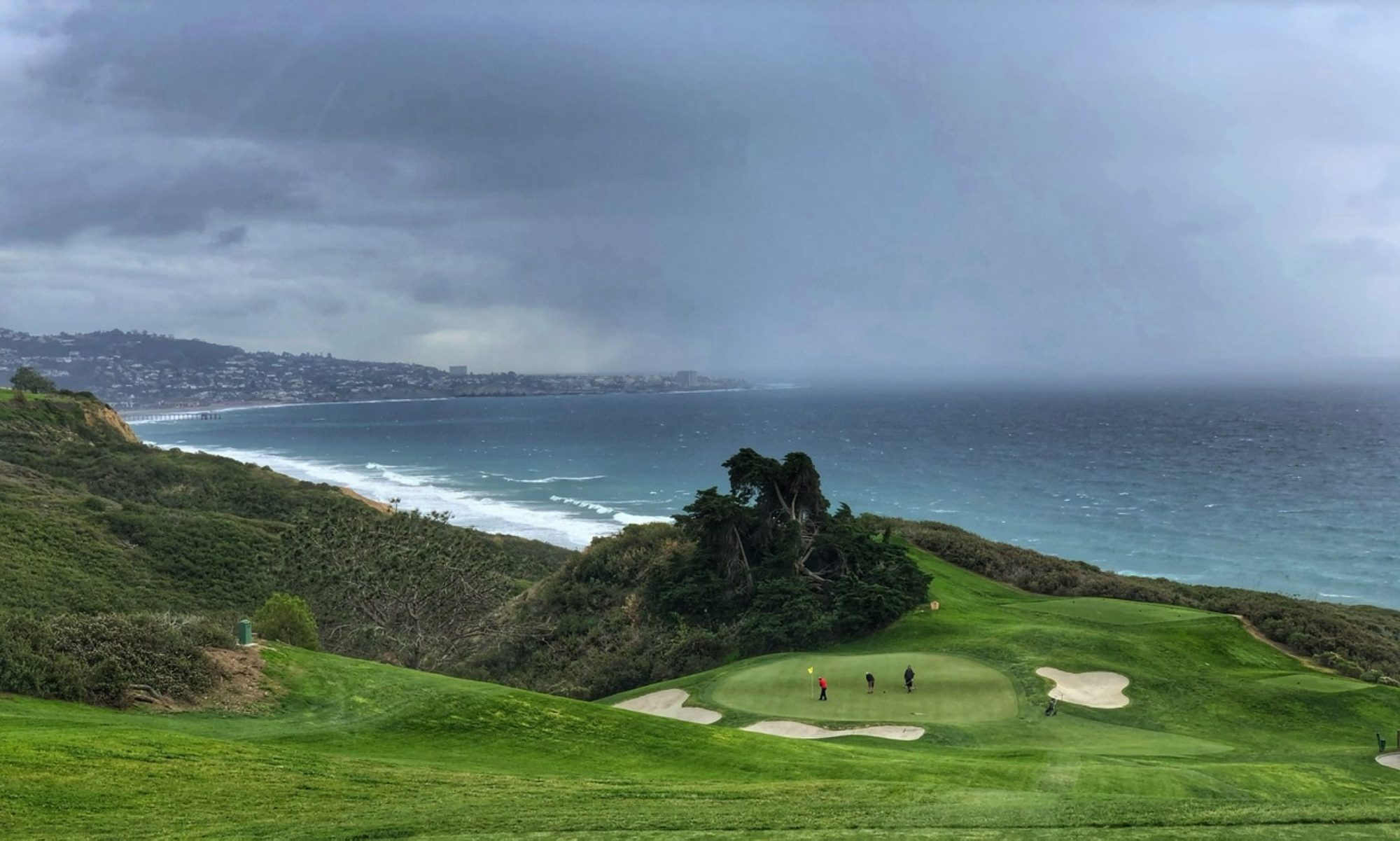From candy corn kernels to X-rayed Milky Ways — one man’s sweet evolution through the decades
Halloween has always been that magical time when ordinary citizens—young and old—put on masks, defy curfew, and demand sugary tribute from strangers. For me, the magic began in the 1950s, when the phrase “trick or treat” meant something pure, thrilling, and slightly unsanitary.
Back then, the concept of getting candy for free by merely showing up at someone’s door was revolutionary. Armed with a paper grocery bag from A&P—free of charge, mind you—I roamed the sidewalks of Queens like a miniature bandit. The rewards were astonishing: a few loose kernels of candy corn, an occasional Lincoln head penny, and from the more affluent homes, a full-sized Hershey bar—the Holy Grail of confectionery.
Packaging was optional, hygiene was theoretical, and nobody used words like “processed sugar intake.” The candy haul was superb thanks to the dense, row-house geography—door to door in seconds. Contrast that to when my own sons went trick-or-treating in the suburbs, where each house sat on half an acre. Their candy-per-step ratio was dismal. I considered handing out Fitbits.
⸻
🍫 The Evolution of a Sweet Tooth
As my palate matured, my candy preferences evolved—from humble candy corn to Reese’s, and then to the sophisticated allure of Milky Way bars during my college days. That was my version of fine dining on a student budget: nougat, caramel, and chocolate—three food groups in one.
⸻
👻 The Tricks of Yesteryear
“Tricks” in mid-20th-century Queens were mostly good-natured. We filled socks with chalk to “decorate” each other’s coats. (Why? Don’t ask. It was a simpler time.) The truly daring among us escalated to egg throwing—back when eggs were so cheap you could use them as projectiles. Imagine that today: “Sorry, officer, I assaulted a Buick with $6 worth of cage-free organics.”
⸻
☠️ When Treats Got Tricky
By the late 20th century, the innocent fun had soured. News reports surfaced of razor blades and metal fragments hidden in candy. Pediatric radiology departments found themselves X-raying trick-or-treat bags. “No cavities,” the doctor would say, “but your Snickers has shrapnel.”
⸻
🦇 Costumes Then and Now
In my childhood, costumes were simple: Batman, Superman, or a random Disney character. The masks were molded plastic that cut off oxygen but never enthusiasm. Today, the front yards are equipped with animatronic zombies, motion-activated ghosts, and sound effects that could raise the dead—or at least startle your Apple Watch into detecting atrial fibrillation.
⸻
🍬 The Spirit Lives On
So, when kids ring my doorbell today, I smile. They’re carrying store-bought pumpkin buckets instead of crumpled A&P bags, and they’re dressed as everything from Spider-Man to Taylor Swift’s cat. But the gleam in their eyes is the same—the age-old thrill of getting something sweet for nothing, of prowling the neighborhood under cover of darkness with permission.
And when they hold out their hands, I drop in a mini-sized candy bar, silently lamenting the extinction of full-size generosity. But hey—at least it’s sterile, gluten-free, and X-ray safe.





































